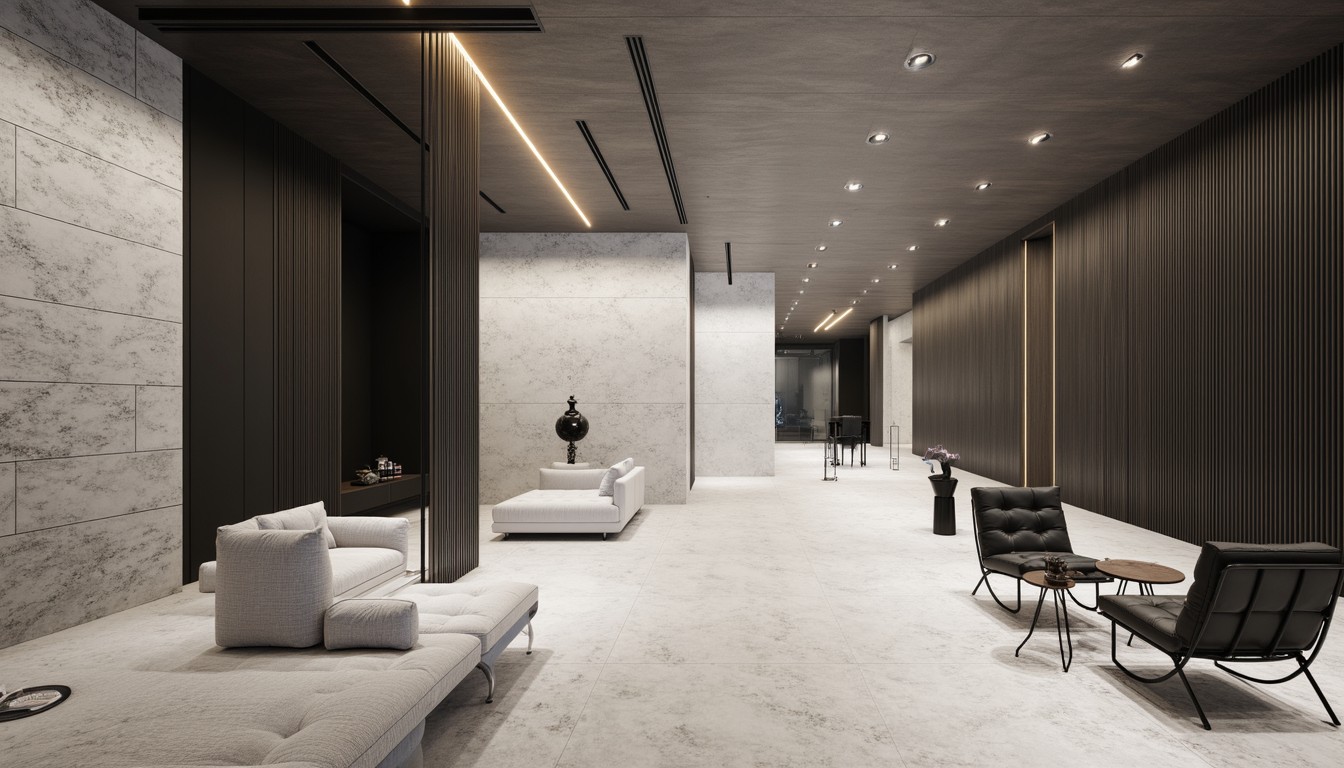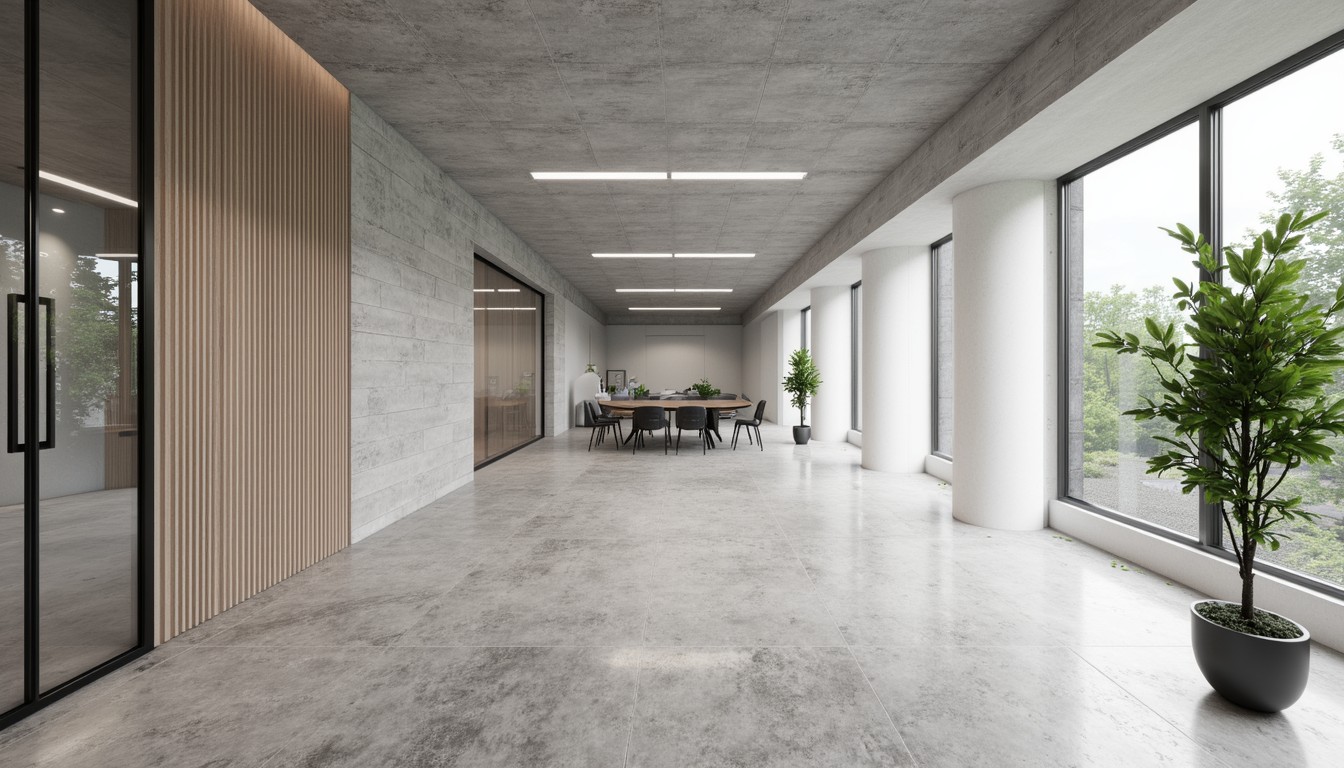BIM Integration: Streamlining Construction with ArchNav
The construction industry is undergoing a digital transformation, driven by the increasing adoption of Building Information Modeling (BIM). BIM is more than just 3D modeling; it's a process that creates and manages digital representations of physical and functional characteristics of places. This intelligent data-rich model facilitates collaboration, reduces errors, and optimizes project delivery. ArchNav understands the transformative power of BIM and integrates it seamlessly into our architectural visualization services to deliver unparalleled results.
Understanding BIM and its Benefits

BIM involves creating a digital model of a building that contains detailed information about every aspect of the project, from the structural elements to the MEP (Mechanical, Electrical, and Plumbing) systems and even furniture placement. This information is not just visual; it's data-driven, allowing for sophisticated analysis and coordination across disciplines.
The benefits of BIM integration are numerous:
- Improved Collaboration: All stakeholders – architects, engineers, contractors, and clients – can access and work on the same central model, eliminating discrepancies and misunderstandings.
- Reduced Errors and Rework: BIM's ability to detect clashes and inconsistencies early in the design phase significantly reduces costly rework and delays.
- Enhanced Visualization: BIM models provide realistic visualizations that help clients better understand the design and make informed decisions.
- Optimized Project Scheduling and Cost Control: BIM facilitates better planning and resource allocation, leading to more accurate cost estimations and project schedules.
- Improved Sustainability: BIM allows for the analysis of energy efficiency and material usage, promoting sustainable design practices.
- Facilitated Facility Management: The detailed information in the BIM model can be used for ongoing facility management, providing valuable data for maintenance and upgrades.
BIM Integration in Architectural Visualization

ArchNav leverages the power of BIM to create stunning and accurate architectural visualizations. We import BIM models from various software platforms (Revit, ArchiCAD, SketchUp, etc.) and enhance them with high-quality rendering and animation techniques. This integration ensures that our visualizations are not just aesthetically pleasing but also factually correct, reflecting the precise details of the BIM model.
Real-World Applications
Consider the following real-world scenarios where BIM integration proves invaluable:
- Complex Infrastructure Projects: BIM is crucial for managing the intricate details of large-scale projects like bridges, tunnels, and high-rise buildings, ensuring all components integrate seamlessly.
- Sustainable Building Design: BIM allows architects and engineers to analyze the building's environmental performance, optimize energy efficiency, and select sustainable materials.
- Interior Design and Space Planning: BIM enables accurate visualization of interior spaces, furniture placement, and lighting schemes, helping clients visualize the finished product before construction begins.
- Construction Sequencing and Logistics: BIM models can simulate the construction process, optimizing the sequence of tasks and resource allocation to minimize delays and improve efficiency.
- Virtual Reality (VR) and Augmented Reality (AR) Experiences: BIM models can be integrated with VR/AR technologies, providing immersive walkthroughs and interactive experiences for clients and stakeholders.
Challenges in BIM Integration
While BIM offers significant advantages, integrating it effectively can present some challenges:
- Data Interoperability: Ensuring seamless data exchange between different BIM software platforms can be complex.
- Software Proficiency: Using BIM software effectively requires specialized training and expertise.
- Data Management: Managing large BIM models and ensuring data accuracy requires robust data management strategies.
- Cost of Implementation: Implementing BIM can involve significant upfront costs for software, training, and hardware.
However, the long-term benefits of BIM integration far outweigh these challenges. With proper planning and expertise, organizations can successfully overcome these hurdles and reap the rewards of BIM.
ArchNav's Expertise in BIM Integration

ArchNav excels at leveraging BIM for superior architectural visualization. Our team of experienced professionals possesses extensive knowledge of various BIM software platforms and employs best practices for data management and integration. We seamlessly integrate BIM data into our visualization workflows, guaranteeing accuracy, efficiency, and stunning visuals. We understand the complexities of BIM and are committed to providing our clients with the most advanced and effective solutions.
Conclusion
BIM integration is no longer a luxury but a necessity for successful construction projects. By embracing BIM, construction firms can improve collaboration, reduce errors, optimize schedules, and control costs. ArchNav’s expertise in BIM integration ensures our clients receive not only aesthetically pleasing visualizations but also accurate, data-driven representations of their projects, paving the way for seamless construction and project success. Contact us today to learn how we can leverage BIM to bring your vision to life.
